Only someone who is ready for everything,
who doesn't exclude any experience,
even the most incomprehensible,
will live the relationship with another as something alive and
sound the depths of his own being.
〰 Rainer Maria Rilke 〰
Everyday Trauma
The silence cut into me like a knife to the heart.
〰 Brené Brown 〰
At the age of twelve, Brené Brown, American professor of social science and bestselling author, took part in an entry competition for dancers. The results of the competition were announced on a list pinned to a board at the dance school.
In her book Braving the Wilderness she recalls, “The list was in numeric order. If your number was there, you’d made the team. If your number wasn’t there, you were out. I was number 62. My eye went straight for the 60s: 59, 61, 64, 65. I looked again. I just couldn’t process it. I thought if I stared hard enough and the universe knew how much was on the line…”
The magic number didn’t appear on the board. Brené’s dream of being picked for the glittering dance team didn’t come true, no matter how hard she stared. What happened next was even less glamorous ~ and more traumatising ~ than expected.
“I walked back to our station wagon and got in the backseat, and my dad drove away. My parents didn’t say one word. Not a single word. The silence cut into me like a knife to the heart. They were ashamed of me and for me.”
Had her devastation been dealt with appropriately by her parents, Brown speculates, it might not have felt so terrible, the effects might not have been that traumatic. The stabbing silence of parental response became a nail in her trauma coffin. She captures the subjective experience of 12-year old Brené in two short sentences: “I was alone. And it felt devastating.”
While acknowledging that her story can easily be dismissed as a #firstworldproblem, she follows it up with an important insight: “I don’t know if this was true or it was the story I told myself in that silence, but that became the day I no longer belonged in my family—the most primal and important of all of our social groups.”
This story illustrates how easy it is to get traumatised. Not in a battlefield. Not by childhood abuse. Not through a terrible childhood or abject poverty. But in a normal everyday situation in a middle class family, going about their privileged life in a first world country.
Lissa Rankin, American gynæcologist, shares her trauma story in Gabor Maté’s book The Myth of Normal. Summarising her self-assessment, she says, “I had been a stereotypical good girl, over-achiever, top of my class, always pushing to develop my talent and intellect, not to satisfy me, but to be accepted by others.”
This single sentence snapshot captures three typical features which stand proud in the behaviour of many ‘normal childhood-trauma-survivors’:::
1 – Stereotypical good girl
2 – over-achiever… always pushing oneself
3 – to be accepted by others
Brené Brown’s story reveals and reflects on the incident in which a traumatising experience entered her Consciousness. In Lissa Rankin’s story we don’t know what happened. She may not have known it herself. But her behaviour pattern shows ‘suspicious symptoms’ pointing towards underlying traumatic experiences.
The ‘stereotypical perfect’ behaviour of young Lissa is a typical compensation for the childhood experience of rejection. The dependency on conditional parental love granted in exchange for achievements. This is normal in Western culture. Even hailed as positive and desirable.
Unfortunately, in the subjective experience of the child, such parental expectations can contribute to a deep sense of worthlessness and lead to a detrimental loss of identity and self-acceptance. According to Dr. Gabor Maté, Canadian medical doctor and childhood-trauma-survivor, “Self-rejection and self-hatred are normal in patients who have experienced childhood trauma.”
Within the fragile web of a young human Consciousness, the host of a traumatised organism struggles to develop their ‘personality’. Ensnared in a net of incoherence, ‘perfect children’ have no choice but to grow a semblance of an identity in the shadow of trauma. This is not really who we are, or who we are born to be. It is a frozen infantile identity.
The young Consciousness is forced to compensate for a vital part ~ unconditional self-acceptance ~ which has been impeded in its development through the shackles of ‘trauma-acceptance’.
The result of this normal trauma is effectively an ‘incapacitated identity’. This is an internal disablement. It has been tagged with the label #invisibletrauma by some professional body. However, it is ~ or should be by now ~ perfectly visible to those who know that ‘being a stereotypical good child’ is a compensation. It may be ‘normal and desirable’ for some parents who feed on their children’s achievements, but to be on your best behaviour all the time is neither natural nor healthy. Not during childhood nor at any other age.
Wisdom of the Ancestors
Trauma in a family, decontextualized over time, looks like family traits.
〰 Resmaa Menakem 〰
During my Vision Quest at WindTrees I was introduced to the concept of ‘honouring the Ancestors’. It comes up a lot in the Medicine Teachings of the Keepers of the Delicate Lodge and other carriers of Native American wisdom.
On his website Ancestral Medicine, Daniel Foor defines ancestors as “all those who lived before us, the life of the past that nourishes and shapes the present.”
This blends in with the familiar Western notion of forefathers, our parental lineage, or ‘bloodline’. But then Foor explains, “More specifically, they are the souls or spirits of the human dead and the collective love, wisdom, and suffering of our species over the last several hundred thousand years.”
Several hundred thousand years?! Most of us are struggling to even gather the links in our family-chain beyond two or three generations…
But then Foor says that “Ancestors of blood tend to be especially impactful and beneficial to engage….” This concession makes the idea of Ancestral Medicine more accessible.
If you were born and raised in an indigenous culture with an unbroken lineage going back several hundred thousand years, it’s a realistic perspective, I guess. For the rest of us, whose collective souls have been torn apart, our spirits crushed, our bloodlines splattered all over unfamiliar territories, it might be too big a leap to make without loss of integrity.
In the past two decades, however, our collective understanding has shifted from individual personal trauma to the discovery of family trauma, ancestral trauma, intergenerational trauma, historic trauma.
All of a sudden, getting our heads around the Ancestral Wisdom theory of our indigenous relations no longer sounds that far fetched. After all, if you go back a couple of millennia, our ancestors were all part of some indigenous tribe somewhere on Mother Earth, who can be considered our ultimate ancestral being.
The Wounded Heart
Our nights carry in them the secrets of a greater dawn.
〰 Sri Aurobindo 〰
In the autumn of 2006, seven years after my conception of the Noctarine, I did a meditation while holding the specific intention to ‘align with my life’s purpose’. It was a kind of mini Vision Quest I took by myself.
I don’t recall consulting with a Spirit Guide, which might have been a good idea. They might have warned me, “Be careful what you wish for!”
Anyway, without warning I was hit by a sharp stab in the back, under the left shoulder blade, pointing towards the heart. What the hell was going on?! How was that supposed to be an answer…?
In my mind I’d made a perfectly innocent and well intended request. Wasn’t everyone supposed to align themselves with their life’s purpose?!
The pain was excruciating. Unbearable, in fact. No movement, stretching, stillness, or anything else seemed to help, apart from lying in a hot bath. The stabbing subsided while immersed in hot water. As soon as I got out of the bath it was back with a vengeance.
This continued for several days without much relief. The days turned into weeks. The stabbing would have taken its toll on my posture, if Josh hadn’t started a training in Alexander Technique. On the same day as I had this bright idea about ‘life purpose alignment’!
Coincidence? I didn’t think so.
I went for Alexander sessions with Josh’s teachers. My shoulder became incredibly active during each session, as if it had a life of its own and was trying to tell me something. I didn’t get the message. The Alexander procedures gave some relief. After every session the pain came back.
Then I started writing in response to this stabbing pain in my shoulder. I asked the pain what it was trying to tell me, and just wrote down anything that popped into my mind in response. It didn’t matter what I wrote. What did matter greatly, was that during the writing the pain was completely gone! Every time.
In one session I wrote a whole fairy tale, dictated by my pain. Had I known how to interpret the story, perhaps that would have been it. But I still didn’t get the message. The pain always returned as soon as I stopped writing. Every time.
The weeks turned into months. The pain calmed down somewhat and became more bearable. It never went away completely. Being stabbed under the left shoulder blade became my constant companion for two years, gradually fading into a dull aching stiffness.
Nearly ten years after the arrival of my ‘pain-companion’, Josh and I spent a week at the Tamanga retreat centre. A stunning place with glorious gardens, swimming lake, a natural pool with under-water music, a mud pond, organic vegetable garden, surrounded by ancestral forests. A true re-treat.
At Tamanga I met another guest who had developed her own healing modality. We exchanged notes. We became holiday friends. On her request I did a couple of sessions with her. On our final day she offered me a session in her healing modality.
Although I wouldn’t have normally been attracted to the type of work she did, I agreed, motivated more by the spirit of friendship and respect for her work than my personal need. At the beginning of our session she asked whether I had anything specific I wanted to work on. I mentioned the ongoing discomfort in my shoulder and gave her a summary of its history.
She guided me through a process related to family constellations, combined with her own gifts as a psychic healer. About an hour into the session, and having visited several female members of my family, she suddenly said, “I’m getting a clear image. It has nothing to do with what we’ve talked about so far. So I don’t know whether it means anything to you. I just feel I need to tell you this.”
“Go ahead,” I agreed to receive this strange ‘message from beyond’.
“You have been shot in a beech wood,” she said. “You got shot in the back, in the heart area.”
The moment she spoke the words I knew she was talking about my uncle Eberhard. He’d been sent to war and never returned. He died in 1944 in Russia, two months before his 21st birthday. Nobody knew what happened to him.
When this healer revealed her unexplained vision, I instantly saw myself as Eberhard, a young soldier trudging through a beech forest with a troop of comrades…
A gunshot went off and hit me in the back. It didn’t go through my heart, my back was protected by the big backpack I was carrying. But the impact made me fall over, and I didn’t have the strength to get up. I was exhausted. The gunshot didn’t kill me. I’d already lost my life the day I received the conscription letter to join the army. Now I lost the will to survive. What’s the point in carrying on living if you’re forced to fight a senseless war, where you’re forced to kill people you don’t even know, where you can be shot dead any moment. What’s the point trying to survive if you can’t live your own life, if you have no choice, no right to become who you are…
The following day we left Tamanga and caught a bus for the ten hour journey from Carinthia across the Alps, through picturesque Austrian countryside, to Linz on the Danube river, near the northern border. This bus journey is etched into my memory as one of the most enjoyable trips of my life. I was swept up by waves of euphoria and deep gratitude.
For the first time in nearly ten years my shoulder was free. I was free! I’d been given a new chance to have a life. Free from pain, discomfort, tension, weight. As if the burden of a military rucksack had finally dropped off my aching shoulders. As if Uncle Eberhard’s heavy piece of kit had dug into my back all these years as a reminder that the struggle to live my own life had something to do with my family karma.
I never met Eberhard, or his mother. When her beloved eldest son didn’t return from the war, my grandmother became very ill and died a few years later. They say she died of a broken heart.
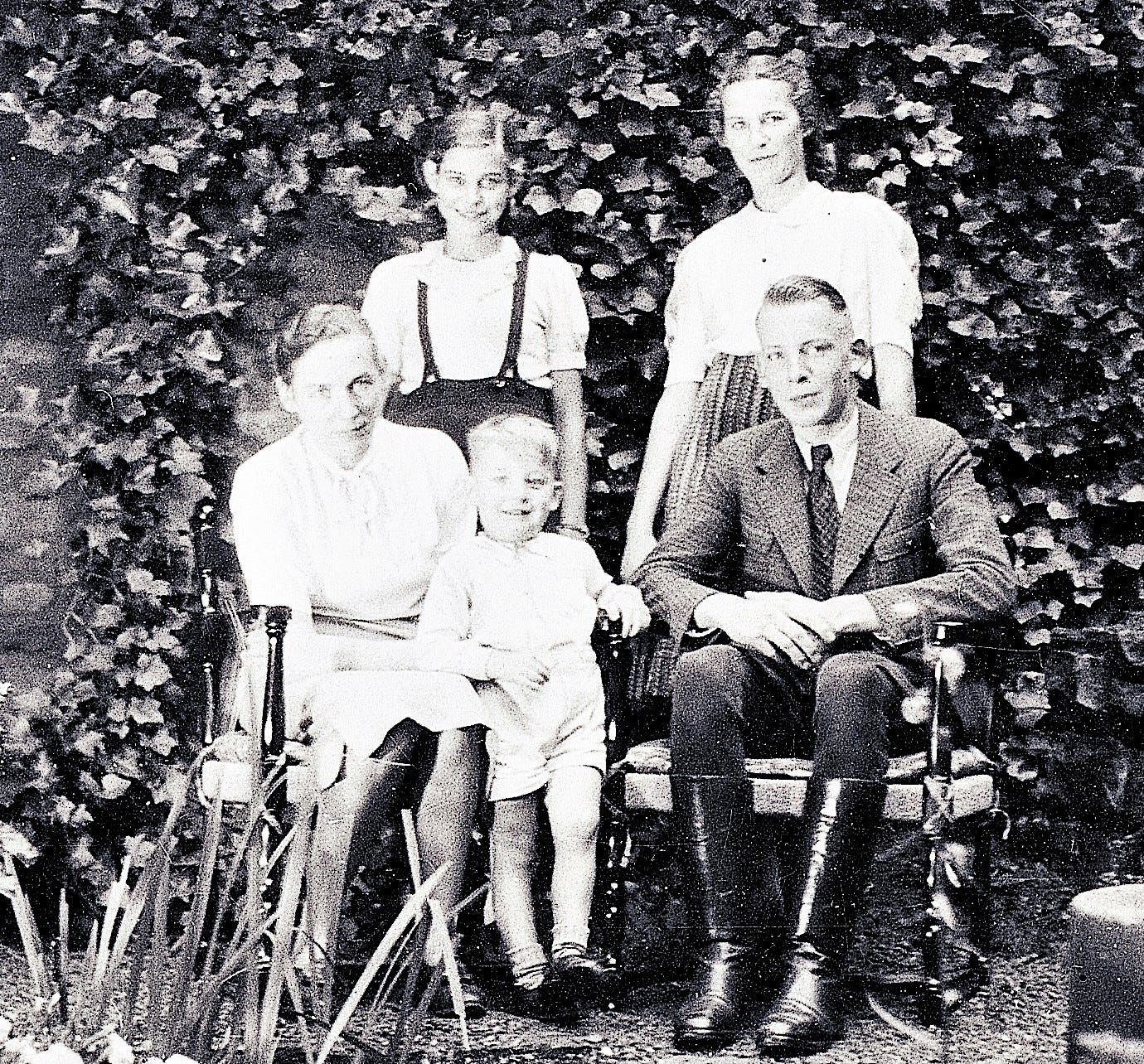
Ancestral Legacy
Children carry the unresolved fears and unhealed wounds of their ancestors.
〰 Franz Renggli 〰
In contemporary Western culture we think of ‘legacy’ as physical possessions or achievements a person passes on to posterity after death. On the receiving end of this transaction the same assets and property are called ‘inheritance’.
At the personal level we can also pass on and inherit physical traits, genetic make-up, mental and physical disposition, creative talents etc. It should therefore come as no surprise that a family tree, which circulates all the just mentioned attributes through its veins and branches, also distributes its own history of trauma.
Franz Renggli is a perinatal and prenatal therapist and book author. He has been working with young families, couples, groups and individual clients for over five decades. Having started his practice in Basel in 1970, Renggli is one of the pioneers of the young discipline of prenatal and intergenerational trauma.
In one of his articles Babies Cry the Tears of their Parents he shares healing stories spanning two or three generations. Young parents come to him, exhausted from being unable to meet the needs of a demanding baby. Desperate for help they share their conflicts with a child, which was in these cases very much planned and wanted.
Their expectations of having a blissful start into family life with their new ‘bundle of joy’ turns into a nightmare. To illustrate a typical healing process of multigenerational trauma, Renggli shares the story of one-year old Katja.
The family has booked an appointment because Katja is constantly waking up at night and struggles to go back to sleep. Katja’s mother Maria is exhausted, father Klaus comes across as withdrawn and detached.
Renggli makes the startling observation that Katja instantly starts crying as soon as she sits on her father’s lap. “It’s always like that,” Maria says with a sigh and picks up her daughter.
The mother has carried the main burden of looking after the baby. The emotional burden has added to her exhaustion.
In conversations with the parents, Renggli elicits the family-trauma-histories of both. In three subsequent group therapy sessions, he works first with Maria, then with Klaus ~ not to resolve their trauma ~ but to reach a place of sufficient understanding, from which they can begin and embark on their personal healing journeys.
That babies are affected by their mother’s emotions is easy to understand. After all, they experience them firsthand throughout the nine months (on average) in the womb. More surprising are Franz Renggli’s reports that in many of his tiny clients, unresolved emotional trauma of the father turns out to be the source of the child’s suffering.
In the third therapy session with Franz Renggli, Klaus begins to comprehend the hidden drama of the unresolved family-trauma he inherited from his ancestors. He is able to get in touch with his own emotions ~ which he’d been ‘ghosting’ all his life ~ and at this moment little Katja is able to sit on her father’s lap without bursting into tears!
This inborn link with the father cannot be explained through physical presence, as
discovered during her bewildering, often scary, and agonising search for identity.“I can’t separate the paralleling themes of the paternity news from the onset of relentless dizziness because they overlapped in timing.” Kimberly writes in her memoir
. “My literal sense of self dissipated as my relationship to my body, family, career and community changed within a few short months.”“Children carry the unresolved fears and unhealed wounds of their parents,” Franz Renggli summarises his findings, confirming Kimberly’s firsthand experience. “To uncover the origin of injuries and traumatisation, we always need to look one or two generations or even further back into the past. The crying of a baby, and the origin of her trauma and difficulties, can only be understood in the context of a multi-generational conflict.”
Languages of Consciousness
We need a new language that reflects the life-affirming world we want.
A new language, with its roots in an ancient way of thinking.
〰 Robin Wall Kimmerer 〰
The Inner Wizard provides the organism of Consciousness with the autonomous property of self-expression ~ called Inner Language in the Noctarine. Every organ has the capacity to express itself, and each of these 8 Languages is different, obviously.
These differences can hinder communication, if the host of the organism favours one or two Faculties while neglecting the others. This is what humans have experienced ~ to our detriment ~ over the past centuries when emotional suppression was all the rage. Many people forgot how to communicate with their own emotions ~ wondering why they lost touch with their own Instinct.
What they didn’t realise, is that they also lost the ability to communicate adequately with all the other Faculties! If you suppress one Faculty, all the others suffer too. The organism of human Consciousness is one homogenous system. What we do to one ‘part’ we do indirectly to all of them ~ and to ourselves.
If the names of the Inner Languages look unfamiliar, don’t worry! This is because we need new names to identify the expression of each Faculty as clearly as possible. It doesn’t mean you need to learn ‘brand new languages’ in order to communicate with yourself.
On the contrary. You already are fluent in all these Inner Languages. Mastering these indigenous idioms is the birthright of every host of human Consciousness.
The anthropocentric paradigm has driven us towards forgetting our native Inner Languages. But it’s not too late. We can still remember them and recover our fluency. It only requires a little practice. First we must learn to tell them apart, so we can communicate with each of our Faculties in their own native tongue.
Language is very powerful.
Language does not just describe reality.
Language creates the reality it describes.
〰 Desmond Tutu 〰
Missed the earlier chapters? Click the links
The Rootstock of Synchronosophy
Chapter 1 The Mycelium of Synchronosophy, Chapter 2 Sub-Soil of Synchronosophy, Chapter 3 Nutrients for Synchronosophy, Chapter 4 Adjustments to an Unnatural World, Chapter 5 Loss of Self and Identity, Chapter 6 The Destructive Trail of Trauma
The Heartwood of Synchronosophy
Chapter 7 Emotional Messengers, Chapter 8 Love Thyself, Chapter 9 The Birth of the Noctarine, Chapter 10 Subjective Experience, Chapter 11 The Inner Wilderness, Chapter 12 Polarity and Wholeness,
The Sapwood of Synchronosophy
Chapter 13 Symphony of Senses, Chapter 14 The Rainbow of Consciousness





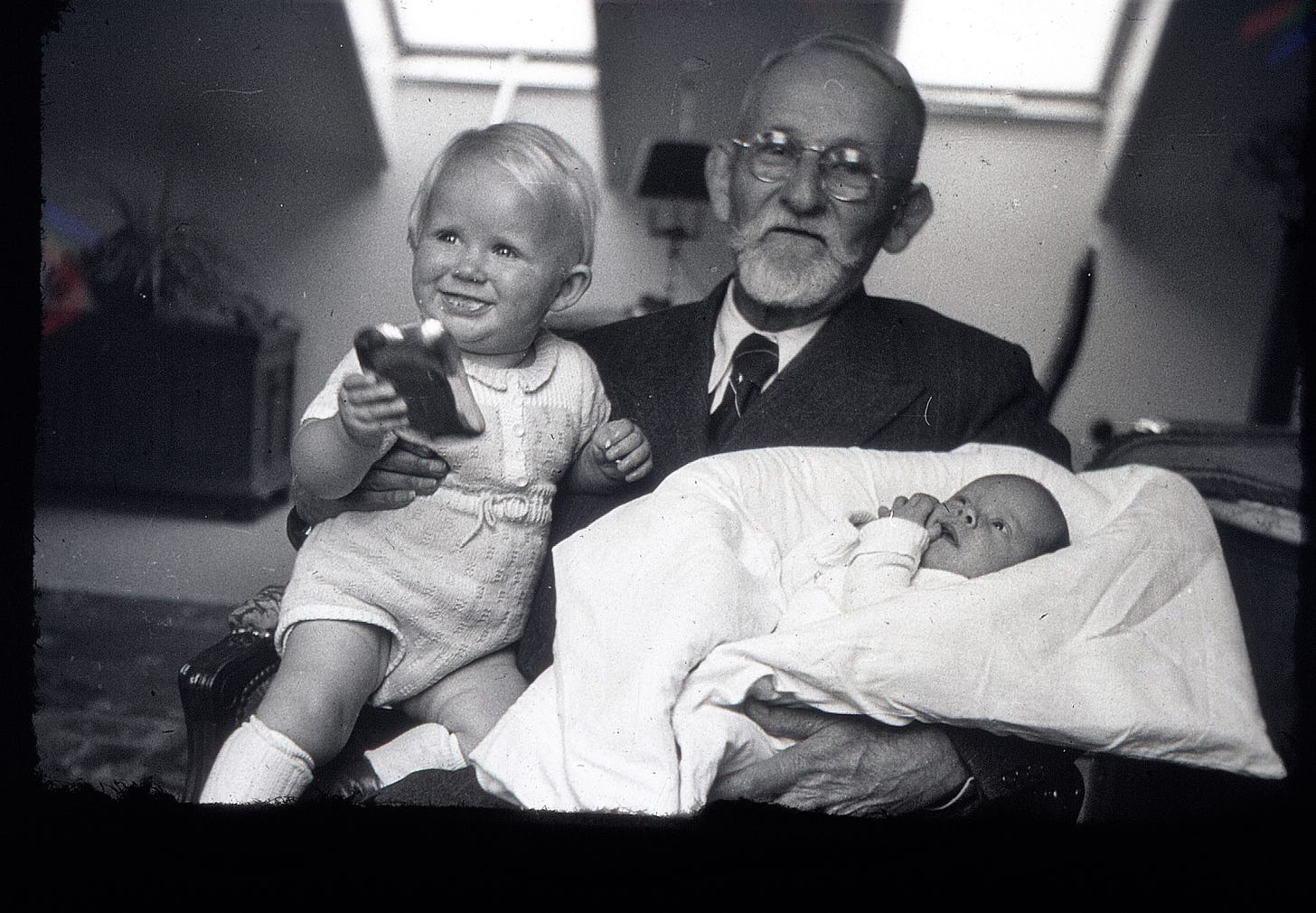
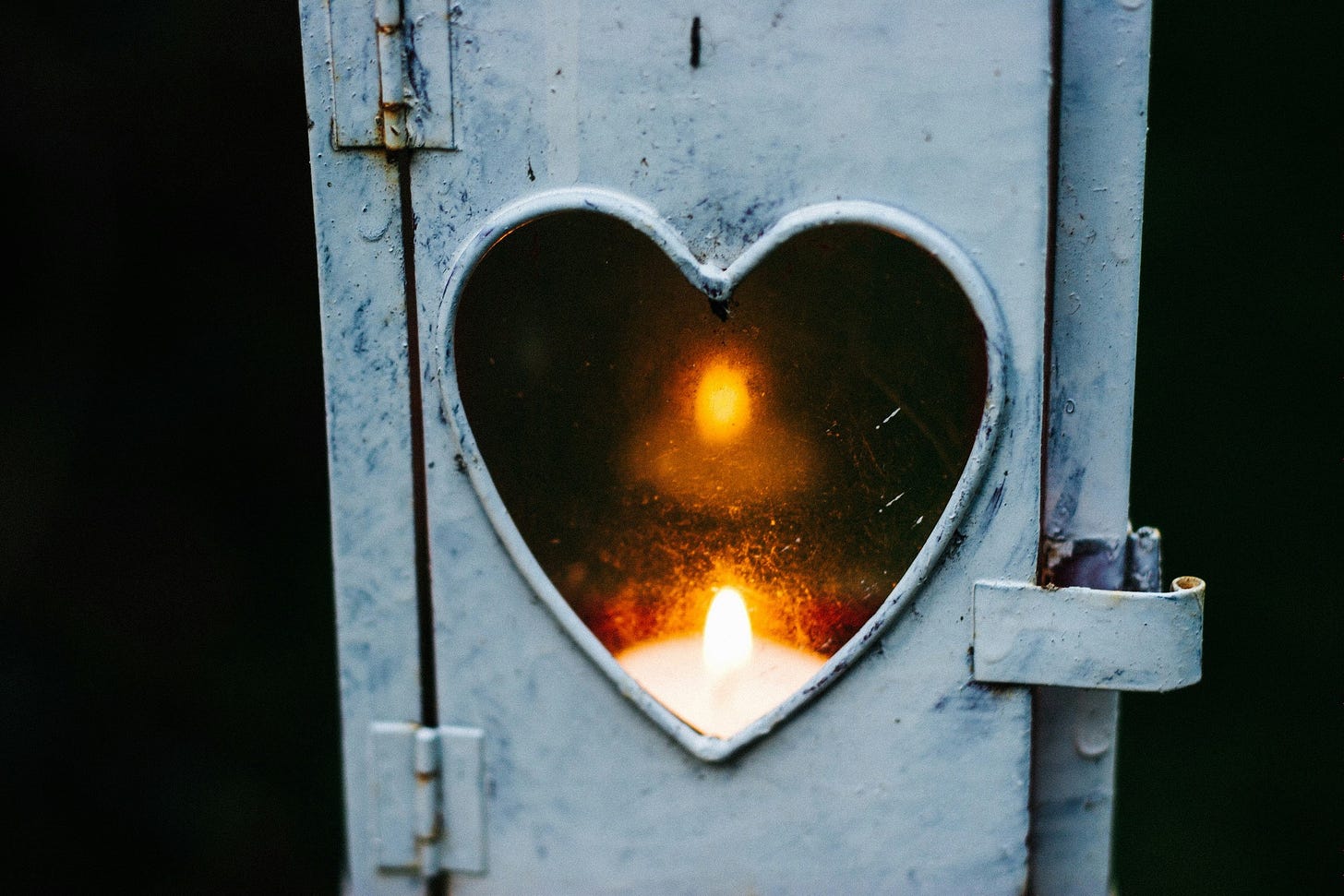
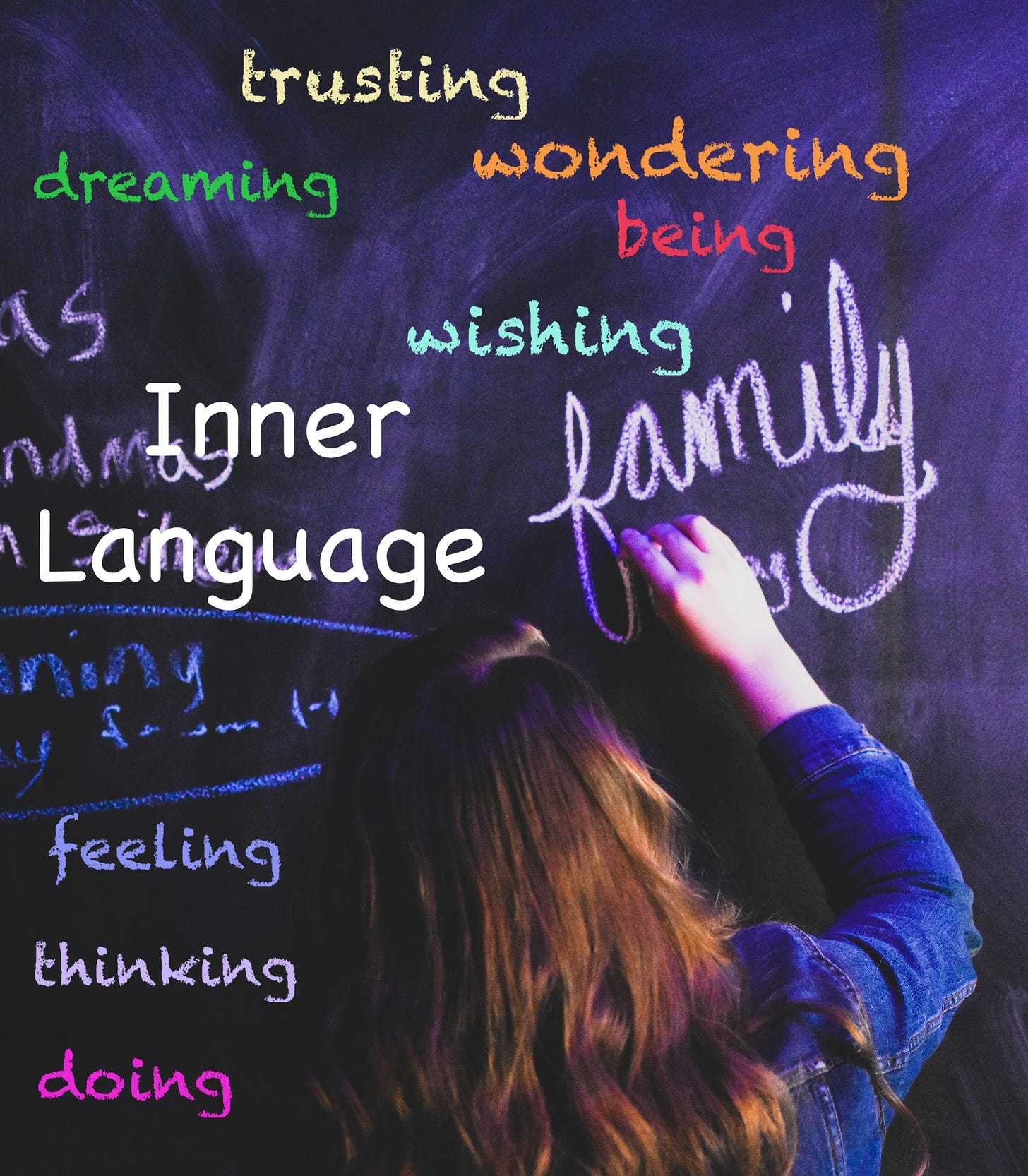
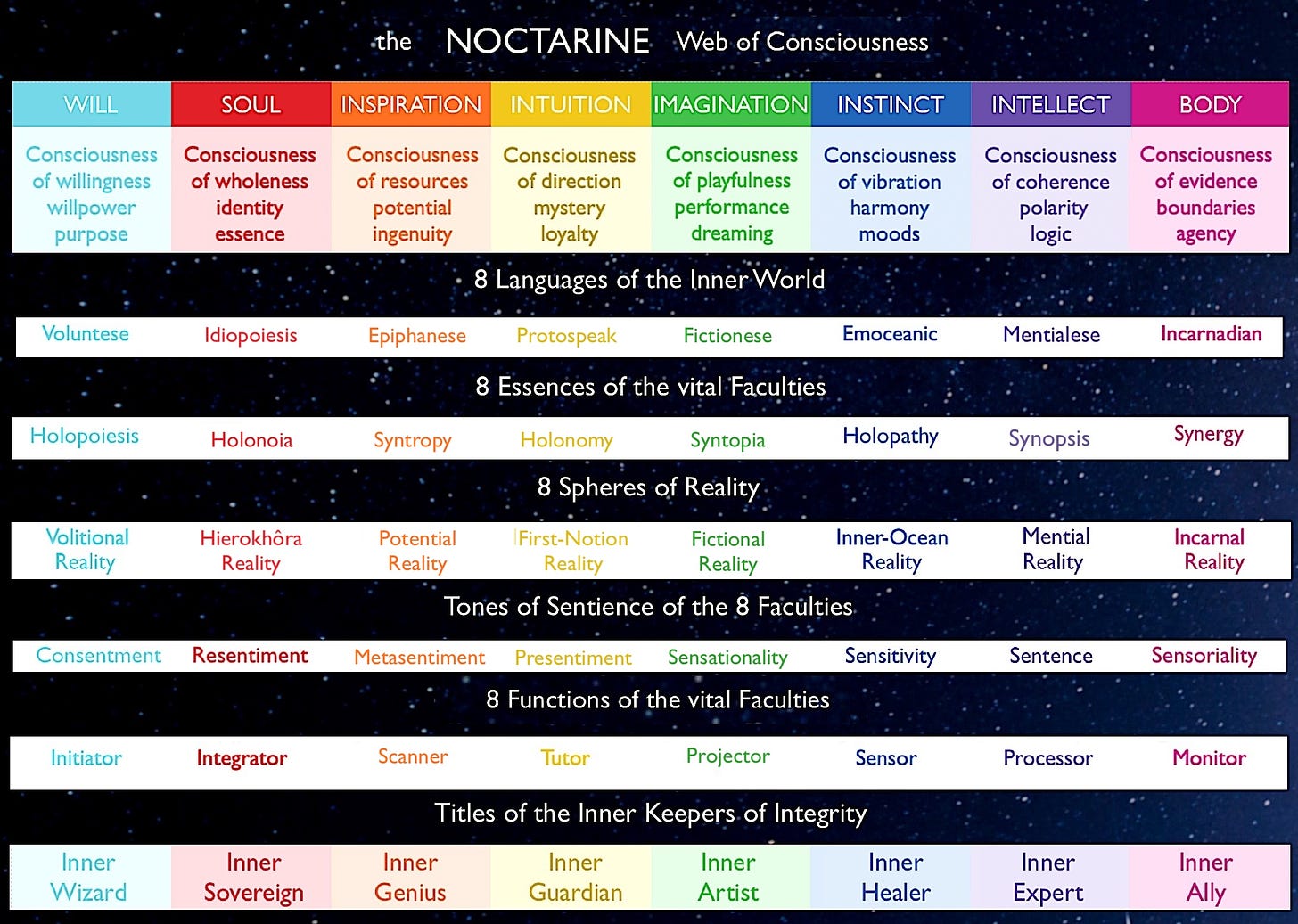
What a fascinating chapter Veronika. The story about your uncle and his trauma you were carrying really hit home, and of course, made me wonder about my bio-dad’s last earthly sensations on a boat at sea and now my 24/7 version of it. My brother gifted me a session with a shaman and I see her in a few weeks. I’m going to share this entire chapter with her and see where we might take it during the session. I see no accident in the timing of all this.:)
Thank you, as always, for your profound insight. You have risen to the top of my favorite weekly reads here and I share your Synchronosophy with family members and friends with emphatic enthusiasm. All of whom nod with equal enthusiasm to learn more. ❤️
Thank you Veronika. I’ve always been fascinated by pain and sources beyond the body. Your ancestral pain story resonates. I wonder if we carry our own trauma from beyond this life? Past lives? This body and soul know languages who’s tongue I have long since forgotten. Yet the knowledge is there. Some emotions maybe stuck as pain. Your writing fascinates. It is a book I cannot put down. It tells my story! 🙏❤️